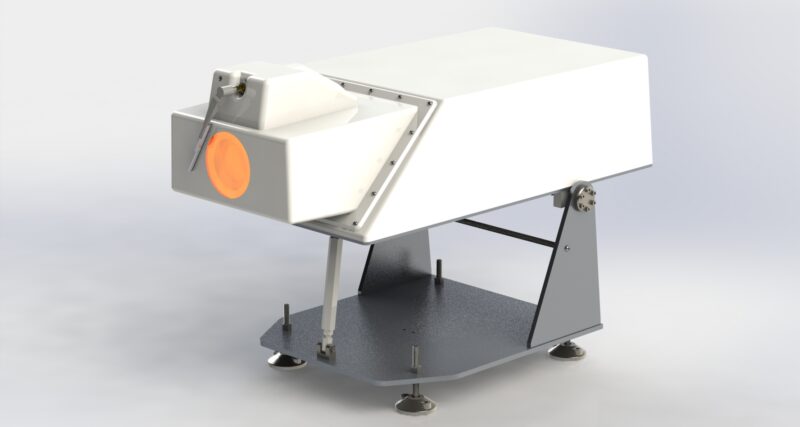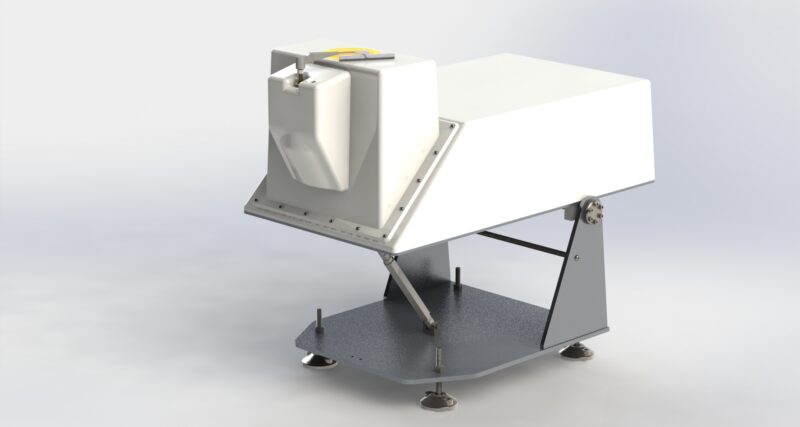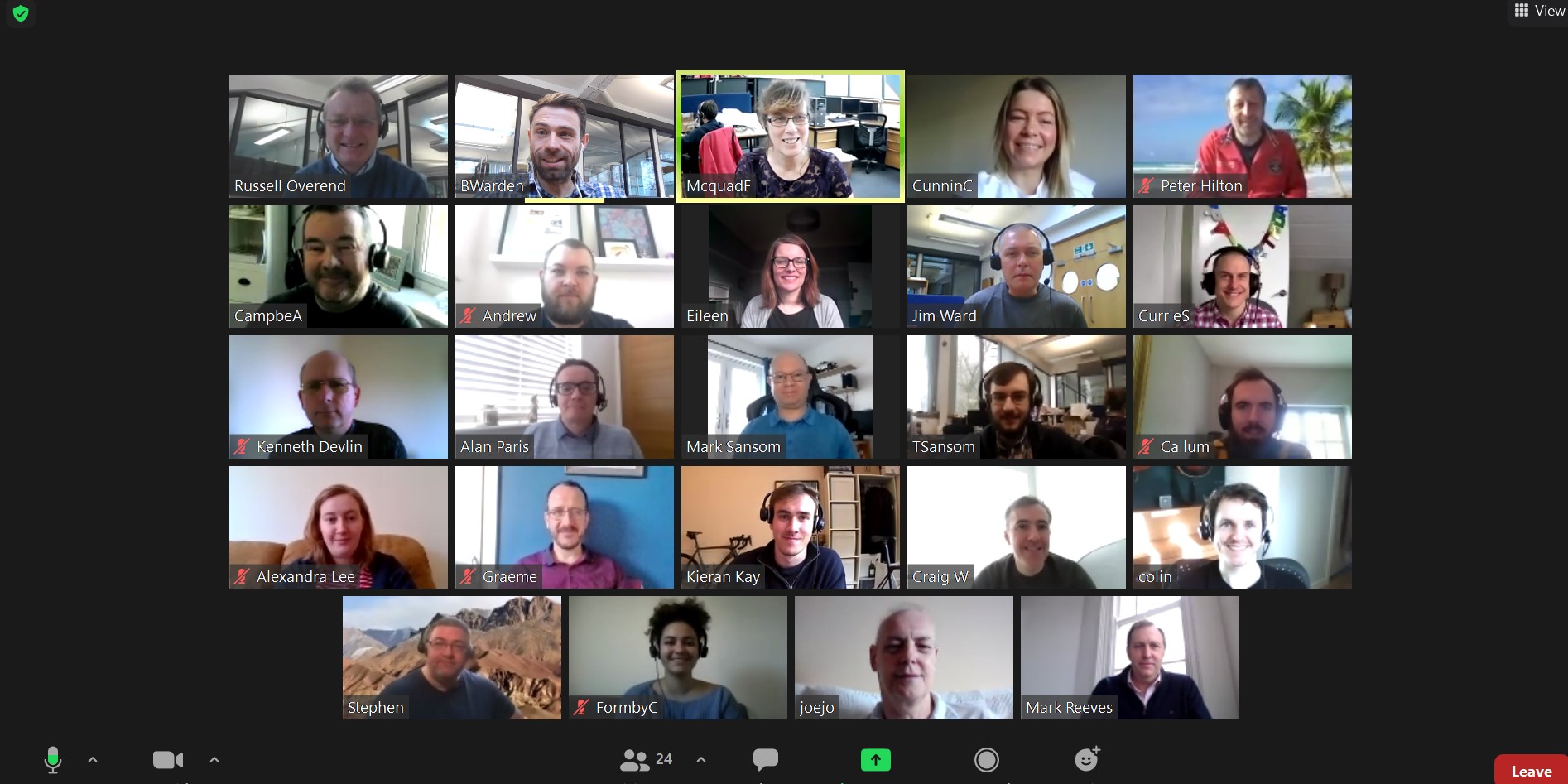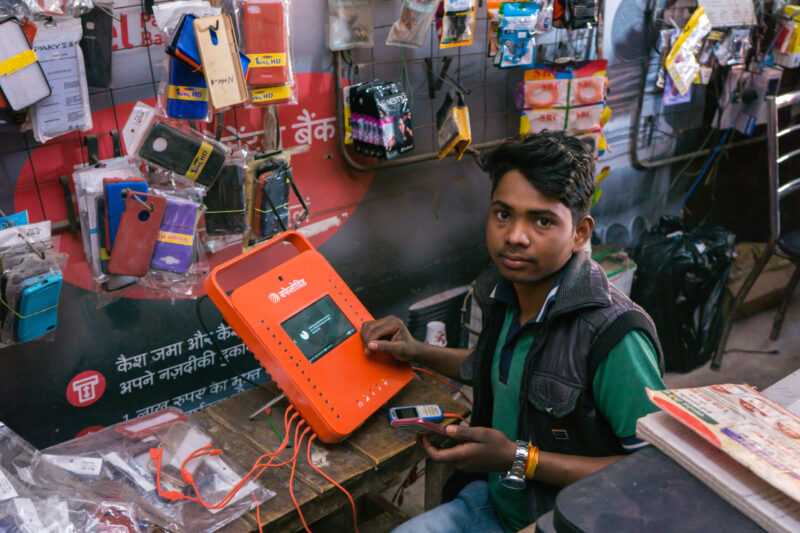The journey to a sustainable future is a highly important one, not just across Scotland, but across the whole world.
Ahead of the upcoming COP26 meetings being held in Glasgow in November, we are running a weekly blog series exploring the role of technology in achieving net zero with our Technology Scotland members.
Across the coming weeks, we will be hearing from a wide range of our members on a variety of climate focused topics; taking a deep dive into some of the innovative products created to combat climate change with project focused blog pieces as well as thought-pieces where we will hear from industry experts on the future of technology and its potential applications as we move forward towards a more sustainable future. Plus lots more!
This week we hear from Wideblue on some of their interesting wind Lidar projects, what the future holds for these technologies and more.
Can you tell us about your company and what you do?
Wideblue are a new product development and manufacturing company in Glasgow taking customers’ new products from initial ideas and concepts through prototyping and testing to full scale manufacturing. Our product developments cover all areas of Consumer, Commercial and Industrial products but we are best known for our design of Optical Products and Medical Devices. We work with the latest sensors and cutting-edge technologies and many of the products developed are patented first of their kind and first to market. Our customers range from large Multi Nationals to University Spin out Companies. We also participate in many collaborative R&D projects on advanced technologies including quantum technology. We have a team of 24 technical Science and Engineering staff covering Product Design and Ergonomics, Medical Device Design, Physics and Optics, Electronics and Software, Mechanical Engineering, Sourcing and Production. We have seen a trend over the past few years to more projects that involve green technologies or instrumentation for the new low carbon products and services. Today, we have a couple of live projects in the field of new Wind Lidar equipment and another interesting project using solar power to bring low-cost data connectivity to areas with poor power and data infrastructure.
Can you talk to us about the wind lidar projects you’re involved in?
Wind Lidar is commonly used with both offshore and onshore wind turbines. Wind Lidar uses lasers and the doppler shift caused by the wind (small changes of frequency) to measure the wind speed and direction some distance away in areas surrounding the wind turbine. Wind Lidars are used in various ways over the life of a wind turbine.


They are used for carrying out site surveys typically for over a year to determine the suitability of a site for a wind turbine installation by logging wind speed and direction at different altitudes around a candidate site. This first application is typically a vertically orientated Lidar which scans a wide area above the ground at various altitudes. Once wind turbines have been installed, wind lidar is used horizontally to measure the wind speed and direction in the space ahead of the blades. With blade diameters now over 200m the Lidar is required to cover a wide area at distances up to 1km upwind of the blades. The data from the Wind Lidar is used to monitor potentially damaging gusts of wind before it arrives at the blades allowing time for preventative action. The data is also used for power performance measurement for the turbine to inform maintenance decisions by comparing the expected turbine output from the wind measurements to the actual amount of electricity generated. These types of Wind Lidar Scanners are large and expensive and often require multiple versions to be used for the different phases of planning and use.

Wideblue teamed up with Fraunhofer CAP (also in Glasgow) and Fraunhofer IWES (in Germany) to design and test a new generation of wind Lidar products.
What do you see for the future of technologies like wind Lidar?
There are certainly a few trends and challenges in wind lidar. Cost and flexibility are some of the main drivers to adoption. There is also a lot of work underway to standardise the measurement accuracy across the various providers and users.
As the number of wind turbines grows the costs of installation and the cost of electricity generation falls. This creates a larger market for Wind Lidar products but requires a much lower cost and less specialised, easier to use product. We are working with Fraunhofer CAP to develop a reconfigurable Lidar system which can be used in all stages of the wind turbine life-cycle. The product can be orientated for the initial vertical orientation when site surveys are carried out to measure wind speed and direction at a wide range of altitudes. The product can then be re-configured for use in the horizontal mode and mounted on the ground or on the nacelle and used either on-shore or off-shore.
In addition to being lower cost, the future wind lidar systems will also be lower weight and lower power. Most candidate sites do not have a power supply so the new systems need an electricity supply from other portable sources which are typically lower power. Nacelle mounted systems need to be securely mounted and retrofits need to be light weight to allow an operator to easily install without heavy lifting equipment.
Are there any other projects you have worked on that you would like to share with us?
Yes, we have a very interesting customer and application – The product is Stream Spot + by Buffalo Grid. It is a solar-powered, mobile network Hub with in-built free charging stations for mobile devices. Solar power is used to charge an internal battery for use in areas with unreliable electrical supply. Buffalo Grid provides Stream Spot + WiFi “Hubs” to places where people are underserved and unconnected. The devices provide local WiFi that allows users to connect to their Streaming Platform where they can stream or download content directly from the Stream Spot+ Hubs without any internet connection. It is used in places like refugee camps, peri-urban areas and rural villages i.e. places with high population density and high smartphone penetration but where the infrastructure is poor.
Six years ago, about a third of the world’s population were using mobile internet. Today, it is more than half. Despite this progress, there are still 3.8 billion people, just under half the population of the planet that have never experienced the Internet.
Buffalo Grid developed and tested a prototype product with the help of Innovate UK funding and are now using Wideblue and our sister company A2E in Livingston to update the design and carry out design for manufacturing activities and ultimately scale up into full production.

